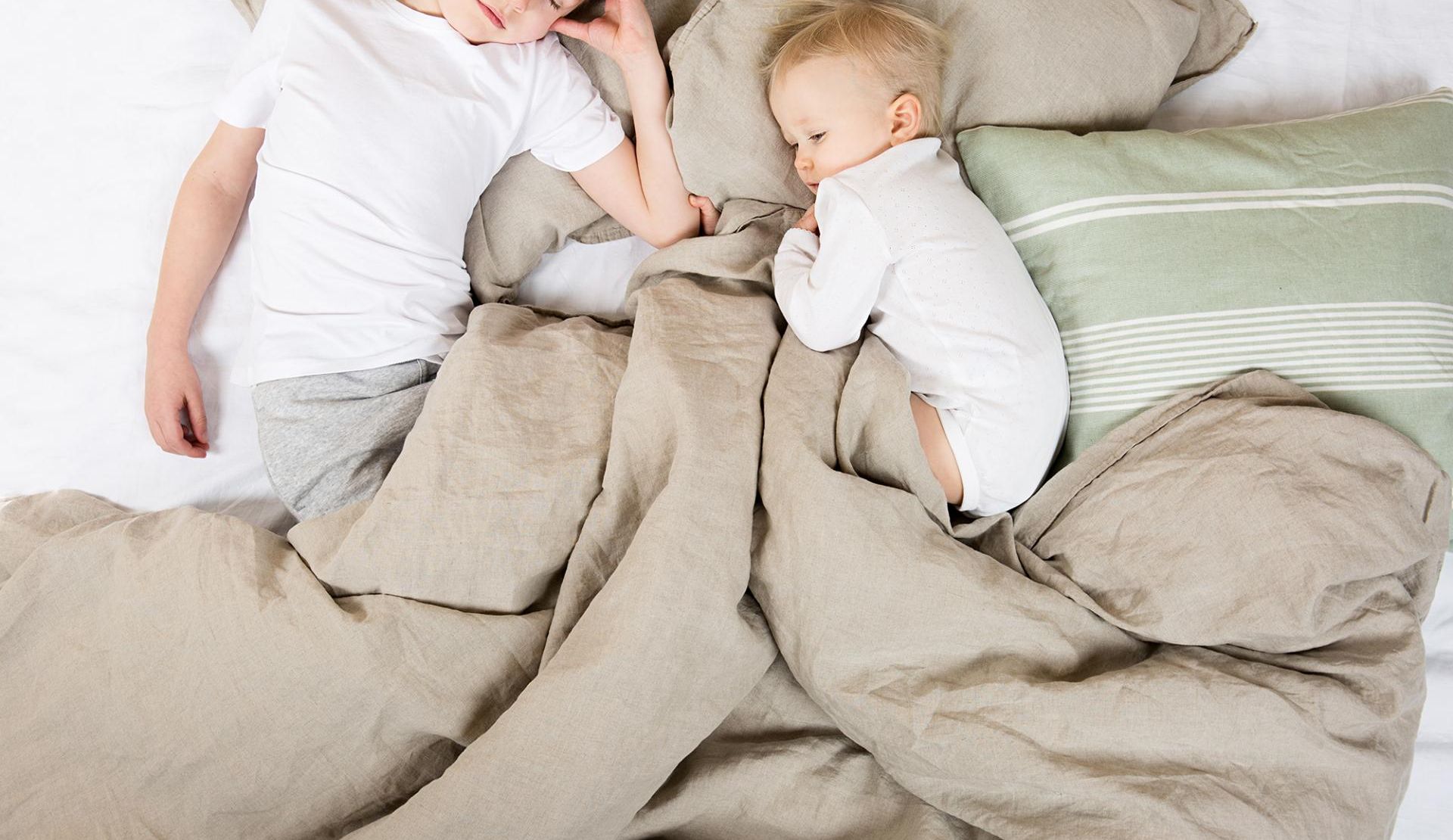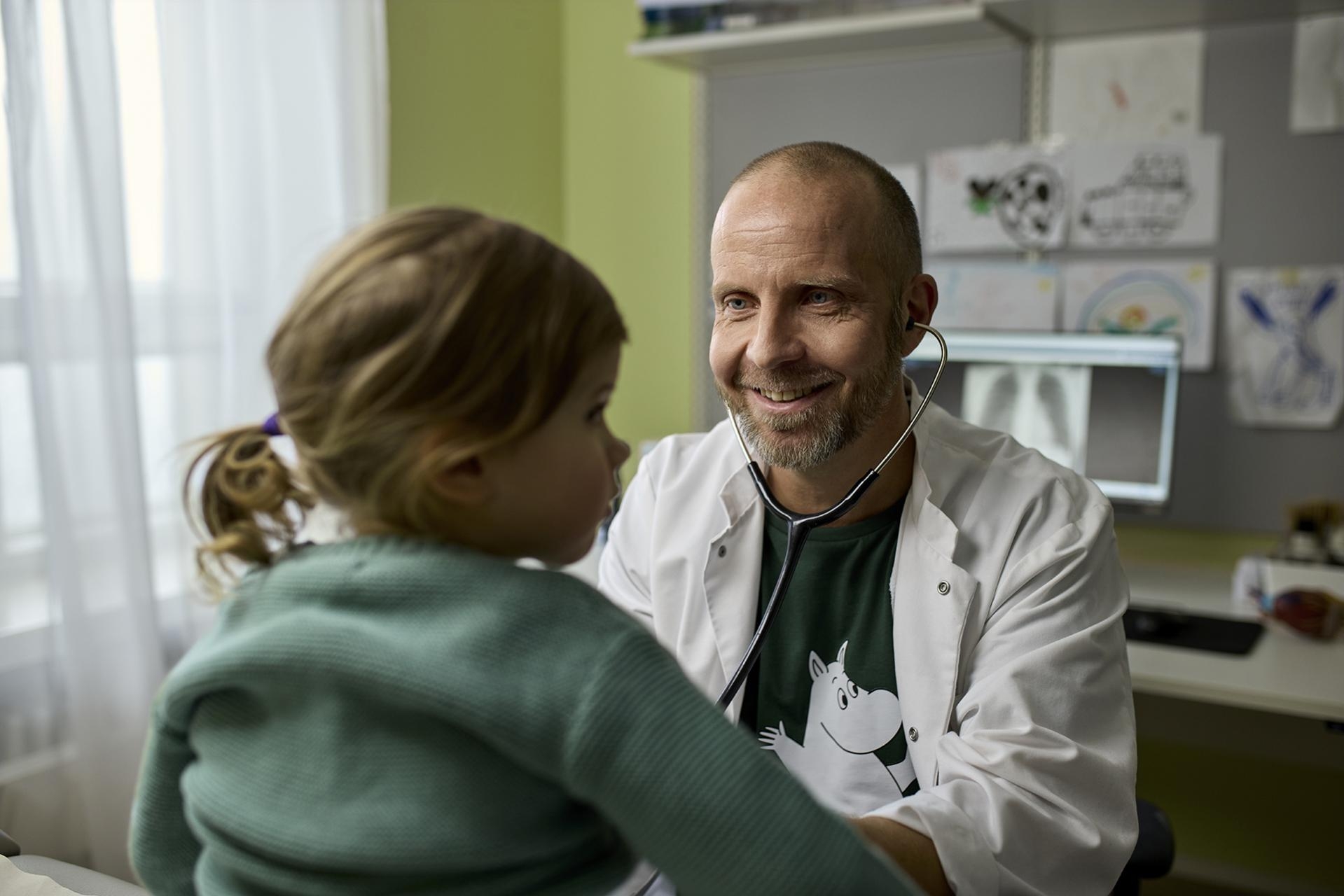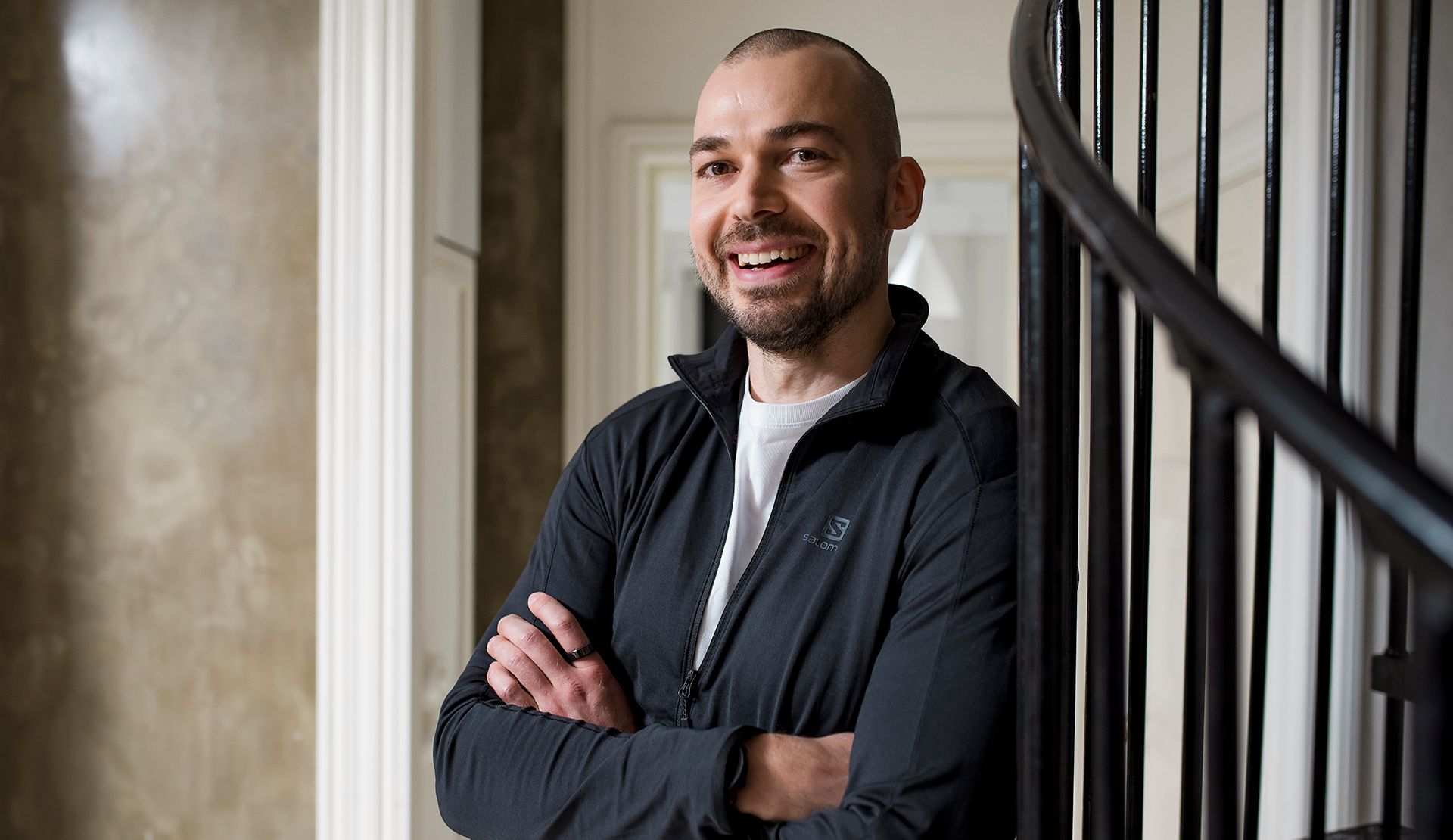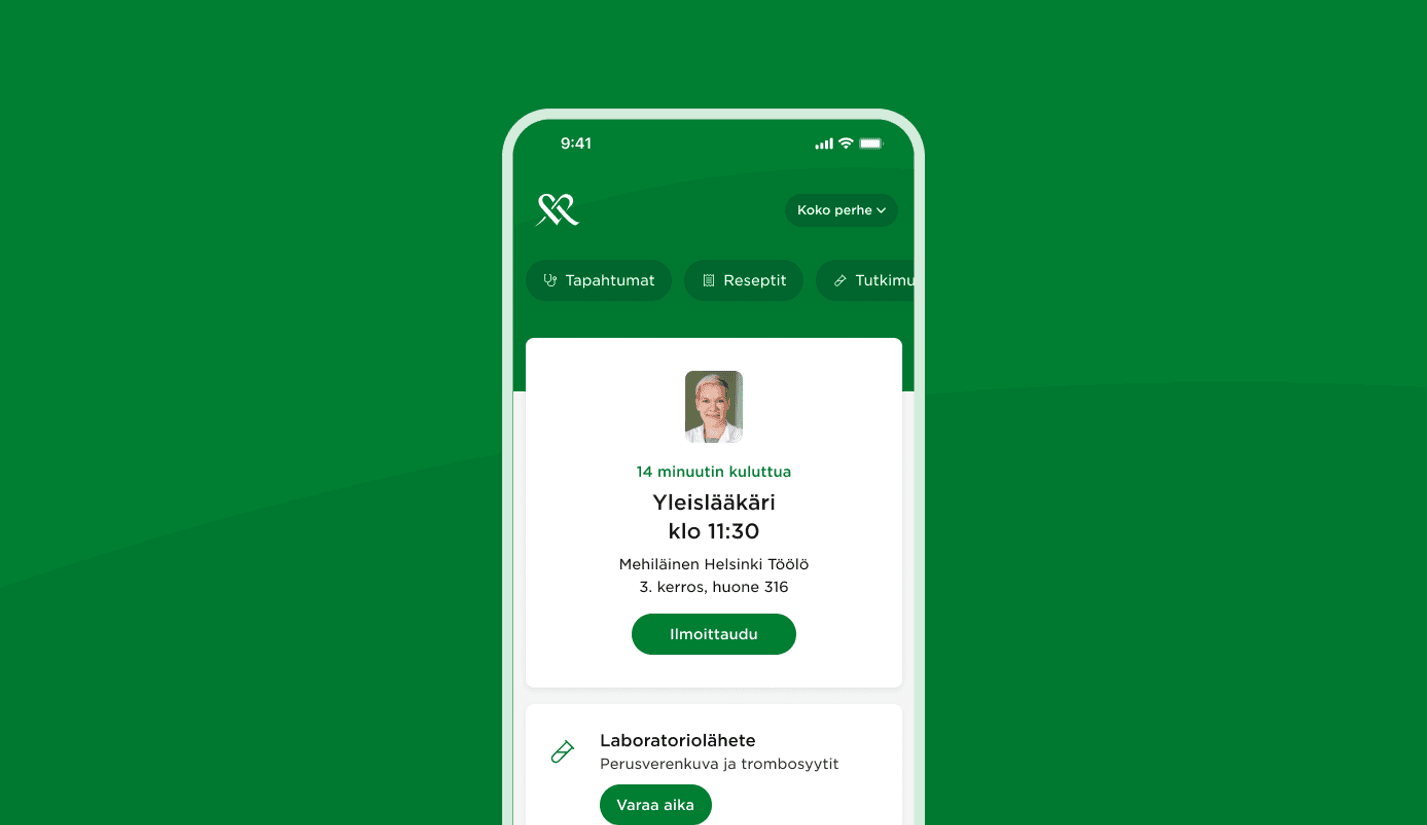

At the doctor’s with a child – instructions and tips
We have compiled an information where you can find details on how to visit the doctor with a child. Doctor’s visit goes more smoothly when the child knows what to expect. The Digital Child Health Clinic, you can ask questions related to your child’s care.
How to prepare for a doctor’s visit with a child or young person
To ensure the doctor’s visit or procedure goes as smoothly as possible, we have compiled a checklist and tips for preparation.
You can familiarize yourself with our paediatricians in advance on their profile pages.
You can also book an appointment with your preferred paediatrician through our appointment system.
It is advisable to book a separate appointment for each child. This ensures that the doctor has enough time for examinations and treatment. Consecutive appointments are convenient, and having multiple family members visit at the same time can save on outpatient fees. Learn more about family discounts on outpatient fees in Finnish.
When booking an appointment, ensure that your guardian information is up to date. If you use the OmaMehiläinen app, you can easily check this directly in the app.
- Identity card. The child’s identity card (photo ID or passport).
- Medications and allergies. Information about the child’s regular medications and allergies.
- Child health clinic card. For young children, it’s also good to bring the child health clinic card.
How to ease a child or young person’s nervousness?
Coming to the doctor or for a procedure (such as vaccination, laboratory tests, or X-ray) can make a child nervous. Nervousness can often be alleviated by explaining to the child or young person in advance what will happen during the visit.
5 tips for a child’s doctor’s visit
- A familiar doctor provides comfort. You can familiarize yourself with Mehiläinen’s doctors and choose the most suitable expert for your child.
- Play doctor games. Let the child play the role of the doctor and examine an adult or toys. Through play, the upcoming situation becomes more familiar.
- Bring a favorite toy. A favorite teddy bear or other cherished toy can be a comforting companion during the visit and examinations.
- Stay calm. When you remain calm and confident, it helps the child feel safe.
- Read together. You can explore together what happens during laboratory tests, vaccinations, or X-rays beforehand.
In the video, paediatrician Tero Kontiokari shares more about how to ease a child’s nervousness during a doctor’s visit.
Having a parent or support person present
We recommend that a child or young person always has a parent or other support person present during the appointment. This is important so that the support person can hear any follow-up care instructions and provide support to the young person.
However, a young person may choose to attend the appointment, laboratory, or procedures independently. In such cases, it is important that the guardian is reachable if needed.


